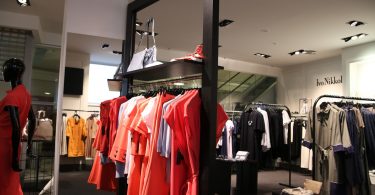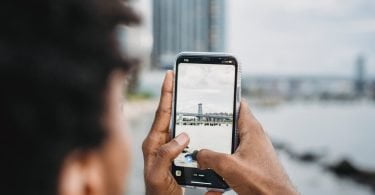How exactly does the art of reading work? We can quite easily bring to mind certain characters and the way we think they look.
How exactly does the art of reading work? We can quite easily bring to mind certain characters and the way we think they look. Who can’t imagine the young and bespectacled Harry Potter with a scar on his forehead? It’s one the reasons why we feel so passionate about the way a character is portrayed when a book is adapted into a film, if it doesn’t to conform to how we feel a character to be, we are beside ourselves with rage (well, I am).
Yet, do we really feel like we know a character because of the way we visualise them? Is that what it’s really about? Peter Mendelsund explores this very question in his book: What We See When We Read.
What We See When We Read by Peter Mendelsund
Mendelsund is Associate Art Director of the Knopf book publisher in the United States and an award winning designer, and takes a perspective on what it is we see when we read. He says: “When we remember the experience of reading a book, we imagine a continuous unfolding of images.”
It’s easy, as Mendelsund goes on to illustrate, to imagine reading as watching a film. We think it is the same type of experience. There is a story, characters and we imagine how to see certain landscapes and people look. In fact, that it’s not it at all. Writers cannot give a detailed description that fully describes one’s appearance.
I imagine you are thinking I must be wrong. Of course writers describe the physical appearance of characters. Mendelsund takes the example of Anna Karenina. If I asked you to describe her, you may comment on her weight, her lashes, her slender hands.
Yet, what if you were asked “what does her nose look like?” You didn’t really imagine her nose in detail, did you? So how did you image her? With no nose at all? Or did you just fit in a generic nose in you mind?
These tiny features are created in your mind, meaning it’s not really possible to have a concrete image of a character. If a writer did describe every minute detail, it would be an incredibly boring book to read. There are gaps that readers gloss over or make up in their head. When we say we know a character we are eluding more to their traits and personalities rather than what they look like.
It’s this omission though, that makes literature all the richer. We are able to fill in the gaps with our imagination, making the book somewhat our own when we read to.
It’s just that little bit different to the person opposite you who happens to be reading the same book, they imagine the title character to have much thicker eyebrows, which defines the character in a completely different way for them. No wonder people always argue about whether the right actor was chosen to play a character, it will adhere to some imaginations and not others.
Lots of food for thought
What We See When We Read questions the way we read and how do it. As a prolific reader and lover of books it has forced me to question the art of reading itself. Mendelsund effectively allows you to question everything you have ever thought about reading.
An unbelievable number of components have the ability to change the way you know a character. Does how quickly you read affect your imagination? Like when you drive down a road very quickly rather than walking down it, you miss details, right? Does the way you imagine a character change as a character develops? What about the context? The biggest question of all: what about when a writer says something is simply “unimaginable”? What does your mind do then?
It’s concluded that it’s all about reduction as “verisimilitude is not only a false idol, but also an unattainable goal” and so both writers and reader reduce. This allows us to picture things, which in turn adds meaning.
What We See When We Read is an enlightening book, challenging everything you take for granted when it comes to words and books. Beautifully designed, it is a mix of images and words, illustrating (both with words and pictorially) how we think when we read and what reading looks like.
What do you think? What role do you think a cover have on a book? Have your say in the comments section below.
Image: Vintage Books, a Division of Penguin Random House









